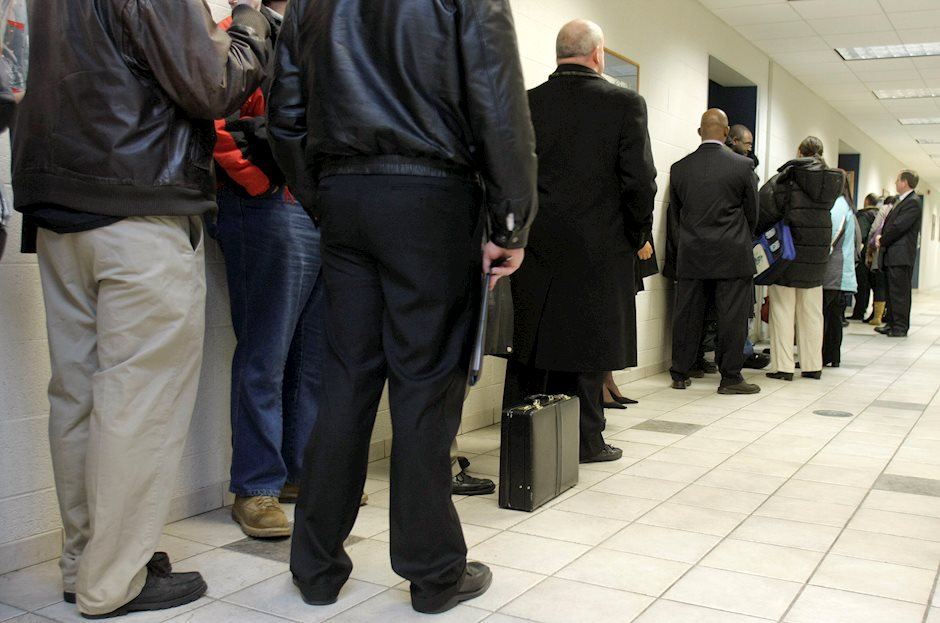Regular pay in the UK rose the highest in a decade

- The UK unemployment rate remains at 4.0% in three months to August.
- The UK regular pay rises 3.1% y/y while total pay rose 2.7% y/y, both figures exceeding the market expectations.
- The UK claimant count rises 18.5K in September, missing the market estimates of 10.0K.
With the UK labor market being pretty tight with the unemployment rate lowest in 44-years and the number of unemployment benefits seekers rising only gradually, the question of UK wages becomes more imminent. And after months of surprising on the downside, the UK wages finally surprised on the upside, confirming the fundamental pressure on rising pay stemming from the labor market condition.
The regular pay in the UK rose 3.1% over the year for the three months ending in August, the highest growth rate since October-December 2008. Nominally the average weekly pay excluding bonuses is £492, up from £477 per week for a year earlier. The average regular pay is £462 per week in constant 2015 prices (that is, adjusted for price inflation), up from £459 per week for a year earlier, but £11 lower than the pre-downturn peak of £473 per week for March 2008. In real terms, adjusted for inflation, the regular pay rose 0.7% y/y in the UK.
The total pay including bonuses rose 2.7% over the year to £523 per week in, up from £508 per week for a year earlier. This compares with £492 per week in constant 2015 prices, up from £489 per week for a year earlier, but £30 lower than the pre-downturn peak of £522 per week for February 2008. Total pay was up 0.4% y/y in August in real, inflation-adjusted terms.
The wage growth development did not confirm the expectations from the Bank of England chief economist Andy Haldane who said last week that he sees longer-term threats to pay growth from reduced worker bargaining power, automation, and business monopolies.
The unemployment rate under the current statistical records began in 1971 was at 4.0%, the lowest since the mid-1970s. Historically the lowest unemployment rate was 3.4% in late 1973 to early 1974 and the highest rate, 11.9%, was in 1984 during the economic downturn of the early 1980s.
Author

Mario Blascak, PhD
Independent Analyst
Dr. Mário Blaščák worked in professional finance and banking for 15 years before moving to journalism. While working for Austrian and German banks, he specialized in covering markets and macroeconomics.


















